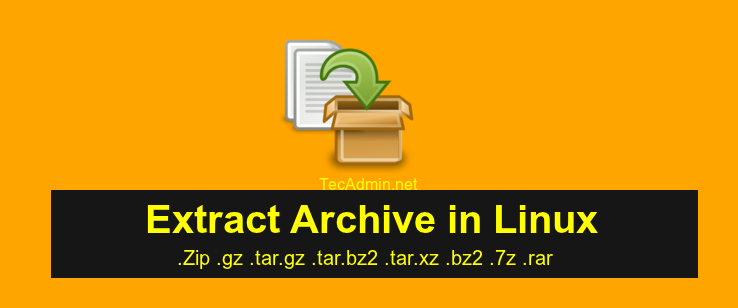
It's less secure because the only security is the password, whereas key-based encryption splits the security between the password and the key.ĭon't use the openssl command line tool. It's less flexible because you need to specify the password when encrypting (so for example you can't make unattended backups). GPG also lets you encrypt a file with a password. To decrypt a file, you'll need to enter the passphrase to unlock your private key. Encrypt your files, specifying your email as the recipient. Create a key and associate it with your email address (GPG/PGP key identifiers usually contain an email address, though it is not necessary ). Many tar implementation, including GNU tar (the normal implementation on Linux), can automatically compress with an option ( -z for gzip, -j for bzip2, -J for xz): tar -cJf file1 file2 file3 There are separate tools such as gzip, bzip2 and xz (in increasing order of compression ratio on typical files) that compress one file. Personally, I do not bother to verify source archives unless I am planning to redistribute something built from them.Tar is the usual tool to bundle files. It could be the key of a hacker instead.Īt some point you have to be confident that the key you obtain came from the right person, but exactly what to trust and when is something for each person to research and decide for themselves, based on your own level of paranoia, or current purposes. This just means that there exists no chain of trust (based on the keys you have marked as trusted in your keyring) to say that this is the correct key for the named person.


Gpg: There is no indication that the signature belongs to the owner.

For example, you could import my public key like this: gpg -recv-key 15C4D63Eįor most default gpg configurations, that should obtain the specified key from a public keyserver (probably ).Īfterwards, gpg should report a 'good signature' from either of those authors, but expect it still to show a warning: gpg: WARNING: This key is not certified with a trusted signature! So you could do something like: wget -O- | gpg -importĪnother way is when people publish only their RSA Key ID, which can be imported from commonly known gpg keyservers. On the GnuTLS downloads page:Īll the releases are signed with Nikos' or Simon's OpenPGP key. txt) files published by the author(s) and import them to your gpg keyring. Typically, you would take the public key (usually. You got that command fine, but what you need to understand is that you have to tell GnuPG which keys you trust.
#Extract xz file linux code#
It is to guard against the possibility that a hacker could gain access to the site (or a mirror) then add some malicious code to the sources in the archive.
#Extract xz file linux archive#
So that people can be sure the archive they downloaded was published by the person they expect.

There's not much difference, lzip is the older LZMA standard, xz is the newer LZMA2.
#Extract xz file linux install#
lz archive, it would comlain that it cannot find lzip instead (and you would install the lzip package). You identified correctly the package to install, xz-utils. Yes, the error message from tar is telling you that it cannot find the xz command: tar: xz: Cannot exec: No such file or directory It cannot be assumed that more recent tools like xz are readily available in every platform. Remember that most 'linux' libraries are intended for use on other unix-like platforms also (e.g. Only for convenience, so that people can download the one for which they have appropriate tools available/installed. Why there are two types of formats given? - xz and lz


 0 kommentar(er)
0 kommentar(er)
